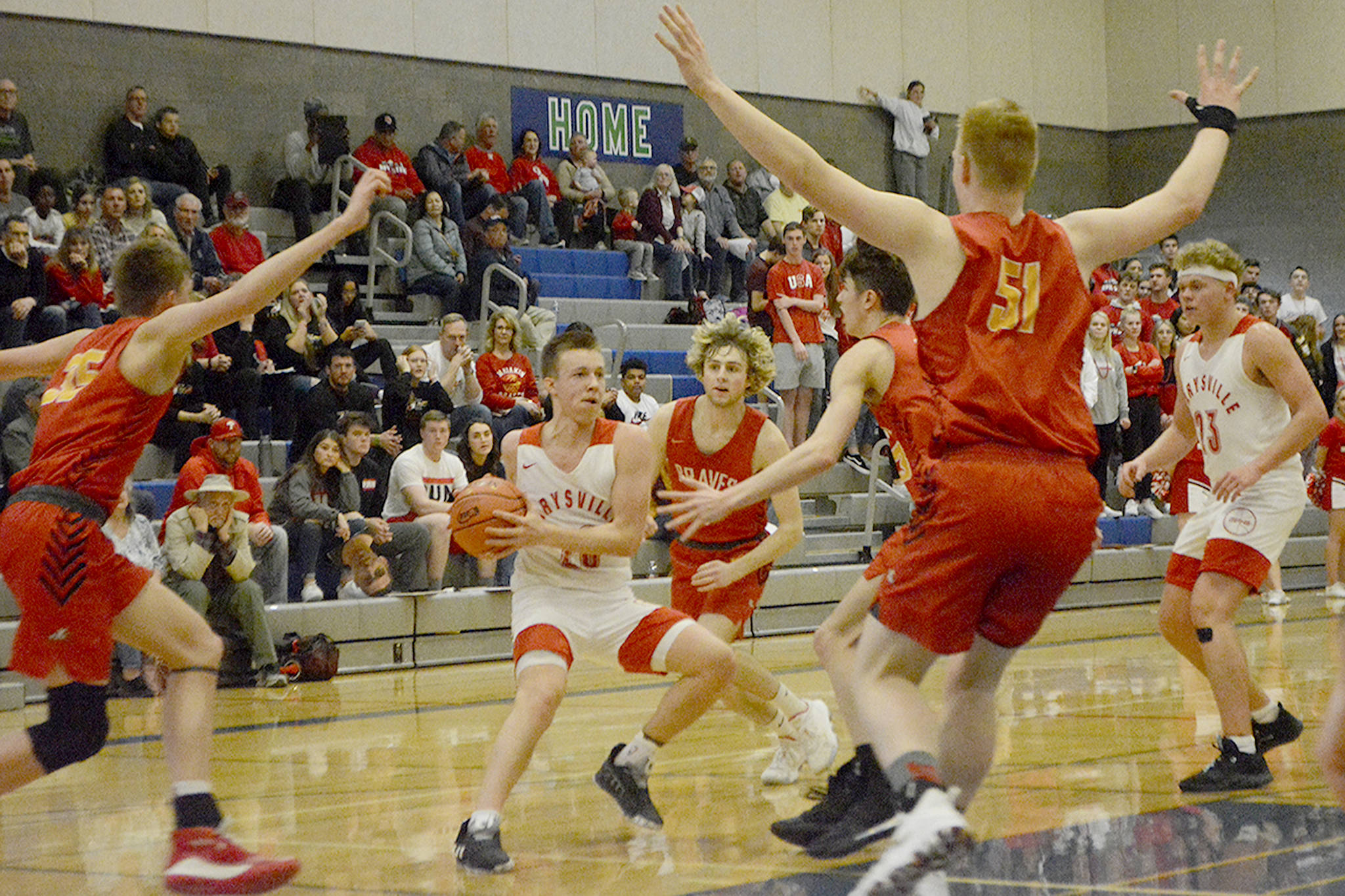What the heck is with the Ratings Percentage Index?
As the winner of the District 3A boys basketball title, it didn’t seem right that Marysville-Pilchuck High School’s boys basketball team didn’t get an automatic bid to state.
There are nine districts in the state. Each district winner should get an automatic bid to the Tacoma Dome.
Instead, the top eight seeds get to play in the dome. If they lose there, they still get a chance to come up through the loser’s bracket to place.
The other eight seeds, 9-16, must win play-in games to go to the dome. So, even though M-P won its district championship, it was rated 10th in the state’s RPI ranking system. So it had to play Mount Spokane and ended up losing.
The WIAA, in seeding teams, uses an RPI system that breaks down like this — 25 percent for a team’s winning percentage, 50 percent for its opponents’ winning percentage and 25 percent for its opponents’ opponents’ winning percentage. Still with me?
This percentage makes no sense. It can be more beneficial for a team to lose to a really good team than to beat a really bad one. A common criticism of RPI is that it puts too much weight on winning percentages of a team’s opponents, and not enough on its own wins.
A solution would be to give the team’s own winning percentage more weight – such as 40 percent or more.
Even without an automatic birth as district champion, M-P still would have gone straight to state, ranking eighth with that formula. They would have gotten in, and Rainier Beach would have had to win a play-in game. All the other teams would have been the same.
The WIAA needs to take another look at the playoff system. Each district champion should advance to make the those playoffs more meaningful. And a team’s overall winning percentage should play a larger role in deciding which other teams advance.







